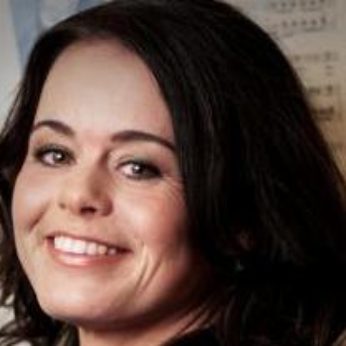Handel’s German arias must rank amongst music’s best-kept secrets, you would think such unrestrainedly joyous, and yet also profound, music would be on everyone’s lips. Barthold Brockes’ verses are a pantheistic celebration of God-in-Nature, and Handel responded with music of hedonistic enchantment, from the rapt, wondering Süsse Stille to the laughing ebullience of Das zitternde Glänzen.
Handel set only two texts in his native language, both involving the poet Barthold Brocke. As we will hear later in the Festival, Handel’s big break-through came on his famous Italian sojourn from 1706 -1710, which saw the composition of the wonderful Italian cantatas. All of these were settings of Italian libretti. Barthold Brocke was from Hamburg and lived there all his life but he studied at Halle at the same time as Handel so it is likely they got to know each other there and would have continued their friendship during Handel’s time in Hamburg 1703-6. Handel took these German-language texts from a substantial volume of Brocke’s, whose theme was that the abundant goodness of God is evident from the joy and beauty to be found in Nature. It seems likely that Handel composed these delicious settings as a result of a commission from Hamburg (Handel himself would have been in London at that time), but there is no firm evidence for this.
Handel did not specify the treble clef obbligato instrument for the solo instrumental part in the Deutsche Arien and it is generally assumed to have been written for a violin. However by not tying down the performers to a specific instrument, Handel left the door open for performers to vary the instrumental texture by using different solists to accompany the singer.
These Arias are jewels, composed at the height of Handel’s operatic career, they combine the gracefulness of his Italian arias with the profundity of the German cantata alongside the word painting of a Master. The poet’s ideas are given space to express themselves as the music passes back and forth between voice and instrument. Prepare to be seduced!
